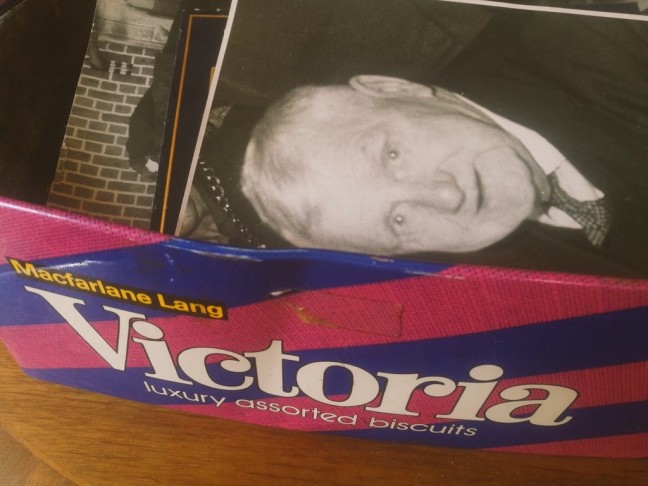Working at Amgueddfa Cymru’s History and Archaeology department over the last few months has revoked my interest in history… and even my own heritage.
One of the many benefits of working in the department is being able to preview the work by the staff of the museum’s Saving Treasures, Telling Stories project; the project highlights our nation’s treasures. It’s both a delight and eye-opener to see the objects collected by the museum, which hold more value than gold (from which some are made of), as these treasures stir our interest, provide us with knowledge… and can even fill us with pride when acknowledging that their roots lie in Wales.
A few weeks ago, museums across the UK were involved in #TakeOverDay; a day when social media pages were voluntarily taken over by youth community groups and schools.
Saving Treasures gladly took part and had young people to voice what they believed was treasure, then they got to ask the public what they considered as treasure. I know it’s a bit late but I thought I’d have a go at writing this blog to mention mine.
So, what’s my “treasure”? It’s difficult for me since I’m not what you’d call a “materialistic” person but if you were to put me on the spot I’d have to say one of my top treasures would be…the collection of family photographs.
Why? It comes down to a combination of my love for photography and my interest in family history.
I began my photographic love affair nearly a decade ago and my relationship with the art form is still as strong as ever after achieving a degree from the University of South Wales last year.
And like a branch of a tree my interest in genealogy grew from helping my sister with her research, as she was baptised into the Mormon Church – nearly 15 years ago!
But why old printed photographs? Who needs a flux capacitor when you’ve got old photographs to take you back in time? Printed photographs are tools that allow our memories to have an essence of tangibility; being able to hold them in my hands while concerned at their fragility makes them more cherished than sweeping across a screen of digitalised images. Also, there is further significance to these prints with some having been written on the back by family members who have now passed away; seeing their handwriting, especially by those I knew and remember creates nostalgia.
Nostalgia in relation to old photographs can trigger memories about a certain point in your life, a place, a person, a job that you enjoyed. So, having these family photographs is beneficial in stimulating the visual cortex that helps to push open those heavy doors in our minds.
The wonderful work and efforts by charities involved with supporting people with dementia, particularly Alzheimer’s disease (most common type of dementia) have similar projects that use these techniques to help prevent or manage such neurological diseases in connection with memory loss. Such projects can be seen at National Museum Wales including their partnership with Cardiff University on the Oakdale Alzheimer’s Friendly Project and the Big Pit’s underground dementia friendly tours.
I personally feel a sense of responsibility for the family “archive” since the photographs are in my possession after being passed down through the generations. It may seem peculiar but sometimes I feel that caring for these old photographs is almost like caring for living things, because in some way these photographs give me a glimpse into a moment of past and present lives – people’s experience and feelings at that very moment are forever imprinted on a piece of matt or gloss.
I feel that taking care of these photographs can somehow help to keep their memories alive! So, instead of simply reading about their lives I can put a face to a name, which somehow does make me feel that my past relatives are now relatable…if that makes sense?
Many of my family’s photographs were kept in my grandmother’s biscuit tin, as this was the norm back in the day. It’s not the best method from a conservation point of view but you can’t deny the fact that they’re still here and in good condition. Perhaps there’s some evidence to Macfarlane Lang’s (McVitie’s since 1948) Victoria Biscuit Work’s tins having preservation prowess?
Over the next couple of months I intend to archive these photographs and write down any information I can that will help to preserve their stories.







